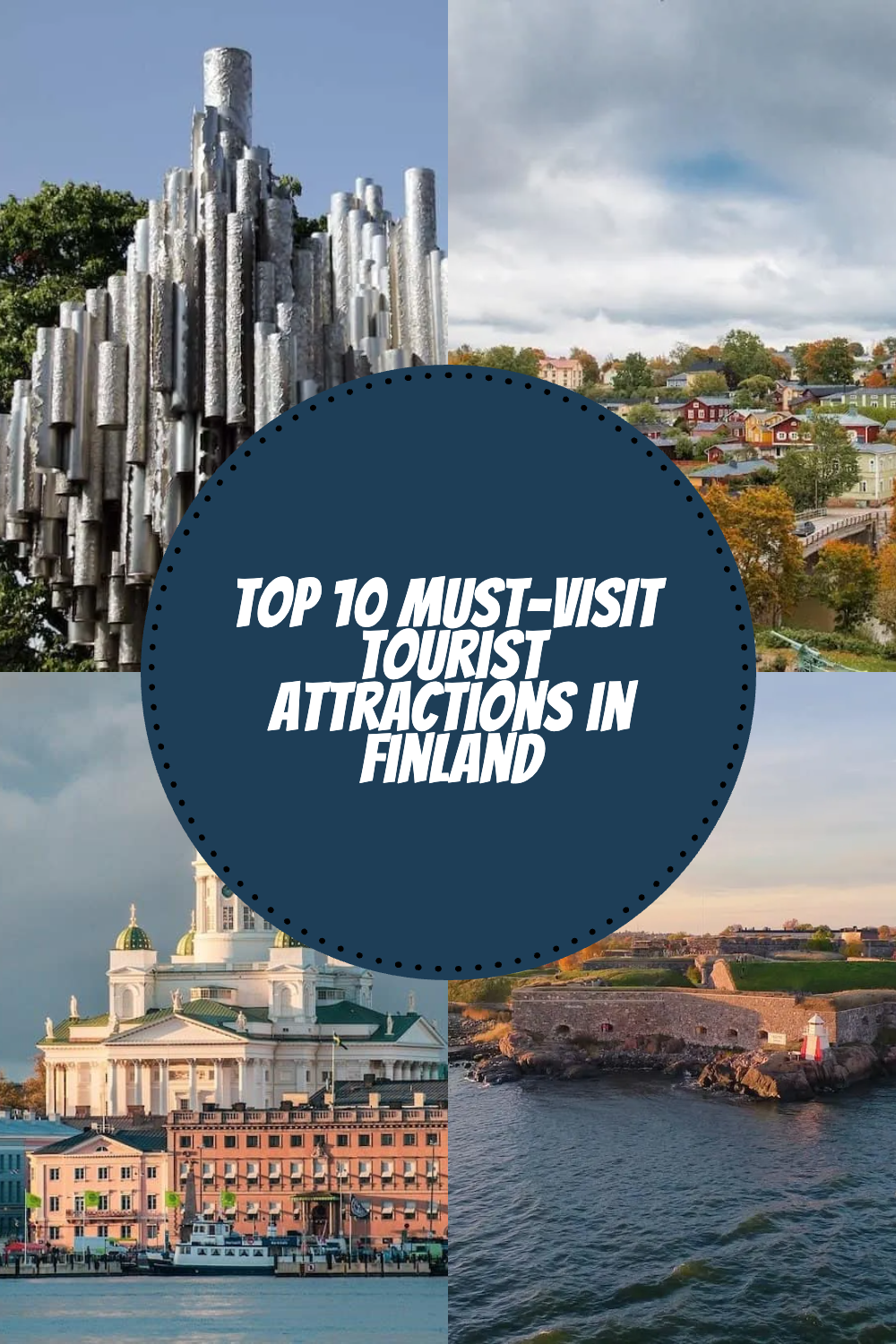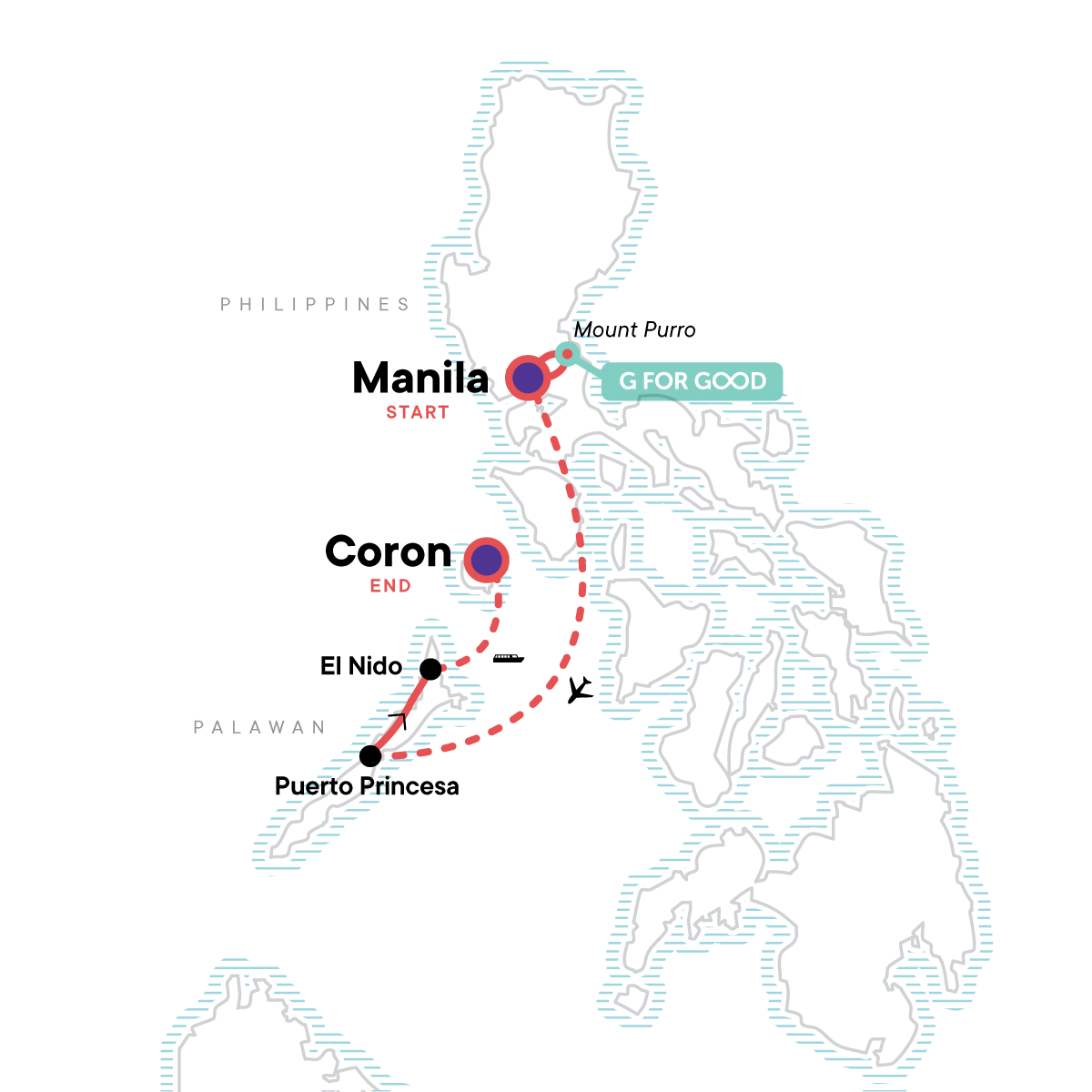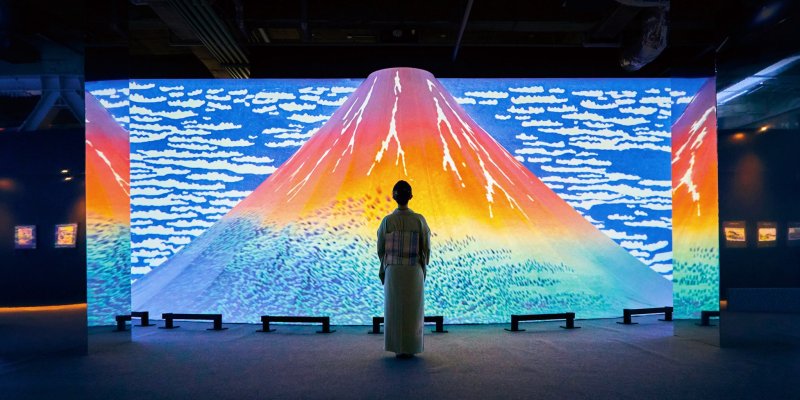
Finland, a land of a thousand lakes, vast forests, and the magical Arctic, offers an unparalleled playground for adventurers seeking to connect with nature. From the dazzling Northern Lights in winter to the midnight sun’s glow in summer, this Nordic gem presents a diverse array of thrilling experiences. If you’re yearning for an escape into pristine wilderness and exhilarating activities, discovering the Top Adventure Spots in Finland You Should Visit is your first step towards an unforgettable journey. Prepare to be captivated by stunning landscapes, unique wildlife, and a deep sense of tranquility that only Finland can provide.
Why Finland is an Unforgettable Adventure Destination
Finland’s allure for adventure travelers lies in its untouched natural beauty and the stark contrast between its four distinct seasons. Here, the concept of "everyman’s right" (Jokamiehen oikeudet) grants everyone the freedom to roam its wild spaces responsibly, making it an accessible paradise for explorers. Whether you dream of dog sledding across snow-covered fells, kayaking through serene archipelagos, or hiking ancient forests, Finland’s diverse topography and commitment to conservation ensure a rich and sustainable adventure. The country consistently ranks high in safety and quality of life, promising a worry-free environment for even the most ambitious expeditions.
Discovering the Top Adventure Spots in Finland
Finland’s expansive geography means adventure awaits in every direction. From the frosty northern reaches of Lapland to the intricate waterways of the Lakeland, and the rugged beauty of its coastlines, each region offers a unique flavor of excitement.
Lapland: Arctic Adventures and Northern Lights Chasing
Finnish Lapland, the northernmost region, is synonymous with winter wonderlands and the mesmerizing Aurora Borealis. It’s truly one of the most incredible adventure tourism destinations in Finland. This vast, sparsely populated area offers an array of snow-based activities that will get your adrenaline pumping.
- Rovaniemi and the Arctic Circle: While famous as the official hometown of Santa Claus, Rovaniemi is also a hub for thrilling Arctic adventures. Here, you can embark on exhilarating snowmobile safaris through snowy forests, experience the joy of husky sledding, or try ice fishing on frozen lakes. A visit to the Arctic Circle means you’ve truly ventured north, and the city’s location makes it an excellent base for chasing the Northern Lights.
- Levi and Ylläs: Premier Skiing and Fell Hiking: These two popular ski resorts are not just for downhill enthusiasts. The surrounding fells offer extensive networks of cross-country skiing tracks, fatbiking trails, and snowshoeing routes. In summer, the same fells transform into incredible hiking and mountain biking terrains, providing breathtaking panoramic views of the vast wilderness.
- Inari and Utsjoki: Remote Wilderness and Sami Culture: For those seeking a deeper dive into extreme winter activities and indigenous culture, the areas around Lake Inari and further north towards Utsjoki offer unparalleled remoteness. Here, you can learn about the Sami people, try reindeer sledding, or explore vast national parks like Lemmenjoki, Finland’s largest. The chances of witnessing spectacular Northern Lights displays are also incredibly high in these dark sky regions.
Practical Tips for Arctic Explorers:
- Dress in Layers: The Arctic weather can be unpredictable. Thermal base layers, fleece mid-layers, and a waterproof/windproof outer shell are essential.
- Book Ahead: Especially for popular activities like husky safaris or snowmobile tours during peak season, booking well in advance is crucial.
- Check Aurora Forecasts: Use apps or local services to track the Northern Lights forecast for the best viewing opportunities.
Lakeland Region: Water-Based Thrills and Forest Escapes
The Finnish Lakeland, with its intricate network of over 188,000 lakes, is a paradise for water sports enthusiasts and forest lovers. This central region truly highlights Finland’s natural beauty and is a prime spot for Finnish adventure travel during the warmer months.
- Saimaa Lake District: Kayaking, Canoeing, and Island Hopping: As Europe’s fourth-largest lake, Saimaa offers endless possibilities for exploration. Rent a kayak or canoe and paddle through tranquil waters, discover hidden islands, and perhaps even spot the critically endangered Saimaa ringed seal. National parks like Linnansaari and Kolovesi are perfect for multi-day paddling trips, offering designated camping spots and wilderness huts.
- Kuopio and Tahko: Lake Cruises, Hiking, and Mountain Biking: The vibrant city of Kuopio, situated on Lake Kallavesi, serves as a gateway to the Lakeland’s adventures. Enjoy scenic lake cruises, explore Puijo Hill with its panoramic tower, or head to the nearby Tahko resort. Tahko provides excellent opportunities for mountain biking, ATV safaris, and hiking along well-marked trails, transitioning into a popular ski resort in winter.
- Savonlinna and Oravi: Historical Charm Meets Wilderness: Savonlinna, famous for its medieval Olavinlinna Castle, is perfectly positioned for exploring the surrounding waters. From here, you can take boat trips or rent canoes to Oravi Village, often called the "Gateway to Linnansaari National Park." Oravi offers various guided tours and equipment rentals for exploring the national park’s unique archipelago.
Navigating Finland’s Lakeland Adventures:
- Rent a Mökki (Cottage): Many Finns own summer cottages by the lake. Renting one provides an authentic experience and a perfect base for your water adventures.
- Learn Basic Navigation: While many trails are marked, having a map, compass, or GPS device is wise, especially for longer paddling or hiking trips.
- Mosquito Repellent: During summer, especially near water, mosquitoes can be prevalent. Pack effective repellent.
Coastal & Archipelago Wonders: Island Hopping and Maritime Explorations
Finland’s coastline and its vast archipelagos offer a completely different kind of adventure, blending maritime culture with stunning natural beauty. These areas are ideal for those seeking outdoor activities in coastal Finland.
- Turku Archipelago: Cycling, Kayaking, and Island Culture: The Turku Archipelago, stretching out from Finland’s oldest city, is one of the world’s largest archipelagos. The Archipelago Trail, a famous cycling route, takes you across numerous islands connected by bridges and ferries, offering breathtaking sea views and charming village stops. Kayaking and sailing are also popular ways to explore the thousands of rocky islets and discover hidden coves.
- Helsinki Archipelago and Nearby Nuuksio National Park: Even close to the capital city, adventure awaits. Take a ferry to one of the many islands in the Helsinki archipelago for a day of hiking, picnicking, or even wild camping. For a forest adventure, Nuuksio National Park is just a short bus ride away, offering marked hiking trails, pristine lakes for swimming or canoeing, and unique Finnish taiga forest landscapes. It’s a fantastic option for a quick escape from urban life.
- Kemi and the Bothnian Bay: Icebreakers and Arctic Sea Adventures: Further north on the west coast, Kemi offers unique winter experiences. Take a cruise on the Sampo Icebreaker, where you can even jump into the frozen sea in a survival suit! The frozen Bothnian Bay provides opportunities for snowmobiling on ice and even ice karting.
Tips for Coastal & Island Adventures:
- Check Ferry Schedules: Ferries are crucial for island hopping. Always check schedules in advance, especially outside peak season, as they can be infrequent.
- Wind and Weather: Coastal weather can change quickly. Be prepared for strong winds and cooler temperatures, even in summer.
- Waterproof Bags: Essential for keeping your belongings dry during kayaking or boat trips.
Eastern Finland’s Wild Frontiers: Bears, Bogs, and Breathtaking Views
Eastern Finland is a realm of deep forests, ancient hills, and pristine wilderness, perfect for those seeking authentic wilderness adventures in Finland. This region is less populated and offers incredible opportunities for wildlife spotting and serene hikes.
- Koli National Park: Panoramic Views and Cultural Significance: Koli is often considered one of Finland’s most iconic national landscapes. Climb the famous peaks of Ukko-Koli, Akka-Koli, and Paha-Koli for magnificent views over Lake Pielinen and the surrounding forests. The park offers excellent hiking trails ranging from easy strolls to challenging climbs, and in winter, it’s a popular downhill skiing destination. Koli also holds significant cultural importance in Finnish art and identity.
- Kainuu Region: Bear Watching and Wild Forest Adventures: The vast, wild forests of the Kainuu region, particularly near the Russian border, are prime habitats for Finland’s largest carnivores. Guided bear watching tours are a unique and thrilling experience, offering a safe way to observe these magnificent animals in their natural environment. The region also boasts numerous national parks like Hossa and Martinselkonen, perfect for hiking, canoeing, and fishing.
- Kuusamo and Ruka: Arctic Gateway with Southern Charms: Although often associated with Lapland, Kuusamo and the Ruka fell are geographically in Northern Ostrobothnia (Eastern Finland). This area is a year-round adventure hub, famous for its Oulanka National Park, home to the popular Karhunkierros (Bear’s Trail) hiking route. Whitewater rafting, canyoning, and fishing are popular summer activities, while winter brings world-class skiing, snowshoeing, and ice climbing.
Embracing the Wilderness in Eastern Finland:
- Guided Tours for Wildlife: For bear watching or navigating truly remote areas, consider hiring a local guide. They know the terrain and animal behavior best.
- Respect Wildlife: Maintain a safe distance from all wild animals. Never feed them.
- Preparation for Remote Areas: Carry enough water, food, and emergency supplies, as services can be sparse in these wilder regions. Inform someone of your hiking plans.
Essential Tips for Planning Your Finnish Adventure Journey
Embarking on an adventure in Finland requires a bit of planning to ensure a smooth and enjoyable trip. These insights will help you prepare for your ultimate Finnish adventure.
- Best Time to Visit:
- Winter (Dec-Mar): For Northern Lights, snow activities (skiing, snowmobiling, husky safaris). Expect cold temperatures.
- Spring (Apr-May): Transition period, melting snow, good for cross-country skiing in Lapland, birdwatching.
- Summer (Jun-Aug): Midnight sun, hiking, cycling, kayaking, lake activities. Warmest temperatures, but also mosquitoes.
- Autumn (Sep-Nov): "Ruska" (autumn foliage) in Lapland is spectacular for hiking, ideal for mushroom and berry picking, and still good for Northern Lights towards late autumn.
- Accommodation Options: From cozy wilderness cabins (mökki) to hotels, glass igloos, and even traditional Sami kota huts, Finland offers diverse lodging. Booking in advance is highly recommended, especially during peak seasons.
- Transportation: A rental car offers the most flexibility for exploring national parks and remote areas. Finland also has an efficient public transport system, including long-distance buses and trains, particularly for connecting major cities. Domestic flights are good for reaching Lapland quickly.
- Packing Essentials: Layers are key for any season. Include waterproof and windproof outerwear, sturdy hiking boots, warm socks, a hat, and gloves (even in summer for evenings). Don’t forget swimwear for saunas and lakes, and insect repellent for summer.
- Respecting Nature (Everyman’s Right): While you have the right to roam, it comes with responsibilities. Do not disturb nature, wildlife, or private property. Leave no trace, do not litter, and avoid making open fires during dry periods.
- Safety First: Finland is generally very safe, but wilderness adventures require preparedness. Inform someone of your itinerary, carry a fully charged phone, and be aware of weather conditions. In winter, be mindful of frostbite and hypothermia risks.
Your Ultimate Finnish Adventure Awaits
Finland is more than just a destination; it’s an invitation to experience nature in its purest form. From the ethereal dance of the Northern Lights above Arctic fells to the serene paddle across a mirror-like lake under the midnight sun, the Top Adventure Spots in Finland You Should Visit promise a journey filled with awe, excitement, and profound connection. Pack your bags, embrace the call of the wild, and prepare for an adventure that will stay with you long after you’ve returned home. Finland’s vast, untamed beauty is ready to be explored, offering an escape into a world where every moment is an opportunity for discovery.







